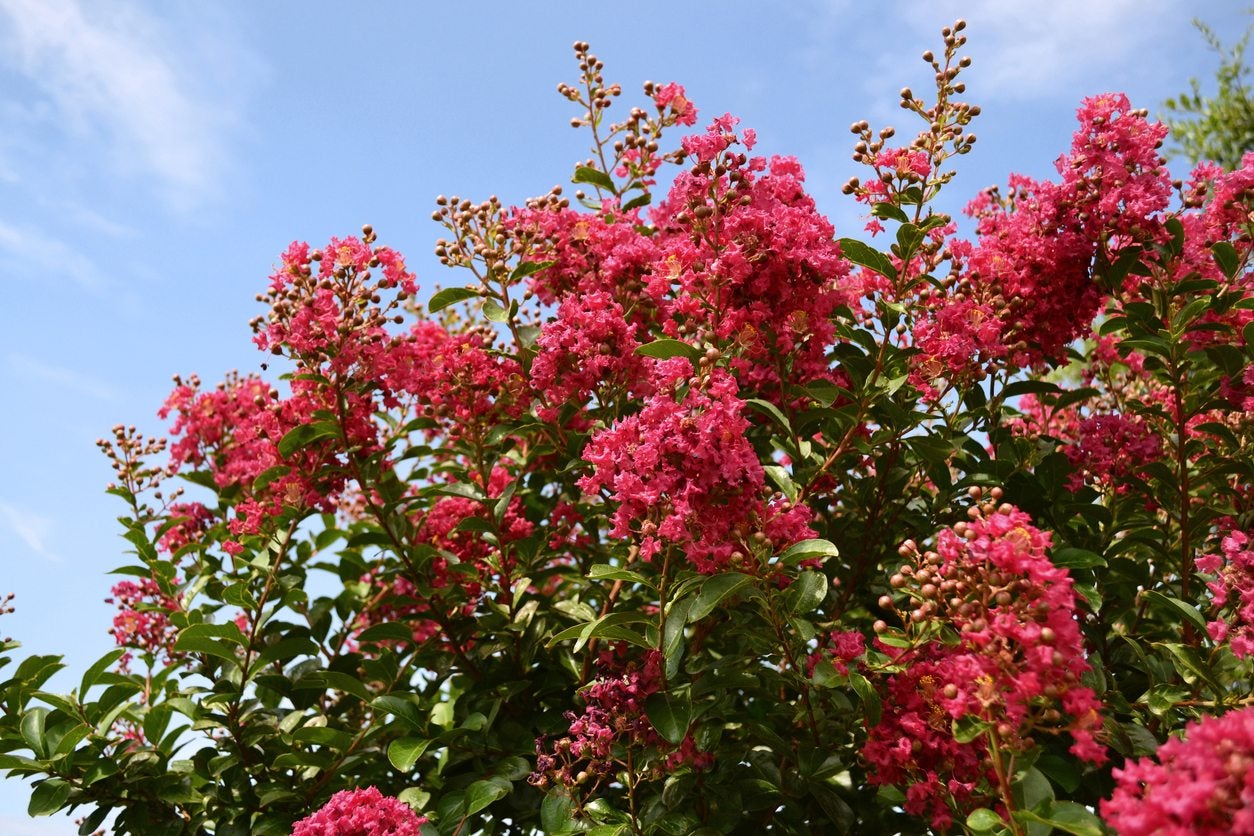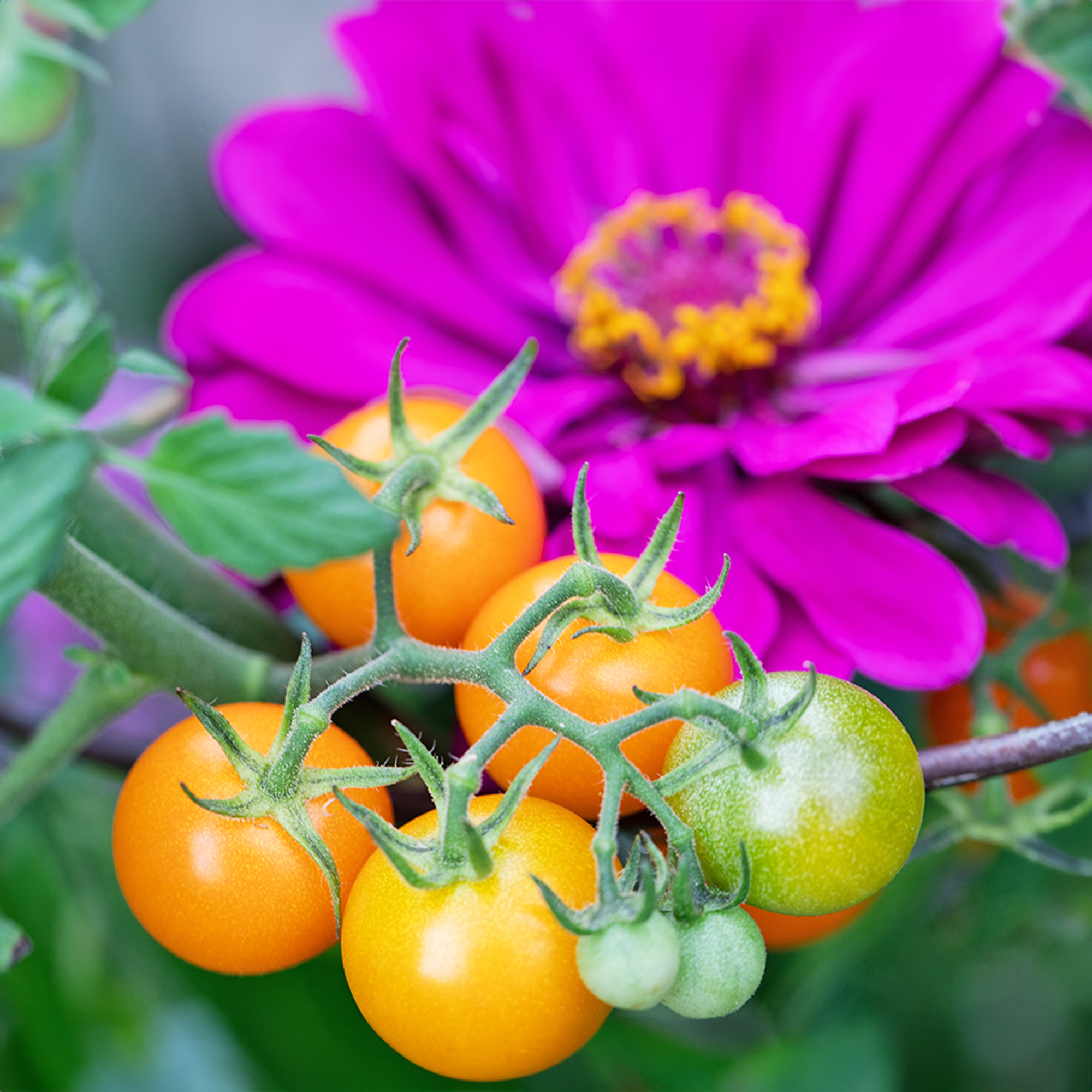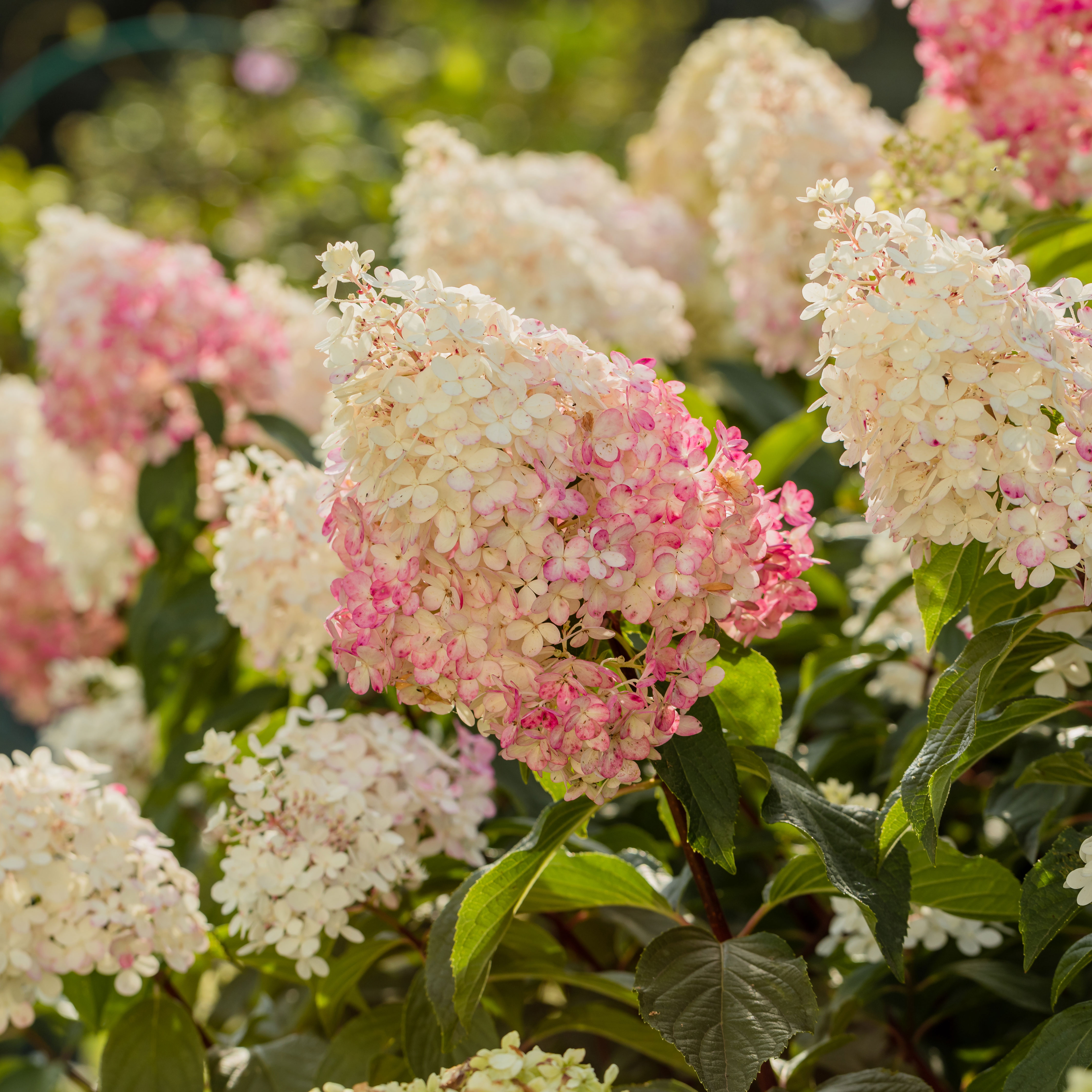Crepe Myrtle Alternatives: What Is A Good Substitute For A Crepe Myrtle Tree


Crepe myrtles have earned a permanent spot in the hearts of southern U.S. gardeners for their easy-care abundance. If you want alternatives to crepe myrtles, though – something hardier, smaller, or just different – you’ll have a wide variety to choose from. Read on to find an ideal substitute for a crepe myrtle for your backyard or garden.
Crepe Myrtle Alternatives
Why would anyone look for alternatives to crepe myrtle? This mainstay tree of the mid-south offers generous blossoms in multiple shades, including red, pink, white, and purple. However, a new pest of crepe myrtle, crepe myrtle bark scale, is thinning foliage, reducing blossoms, and coating the tree with sticky honeydew and sooty mold. That’s one reason people are seeking a substitute for a crepe myrtle. Plants similar to crepe myrtle are also attractive to homeowners in climates too cool for this tree to thrive. Some people even look for crepe myrtle alternatives just to have a stand-out tree that isn’t in every backyard in town.
Plants Similar to Crepe Myrtle
Crepe myrtle has many attractive qualities and winning ways. So, you’ll have to identify your favorites in order to discover what “plants similar to crepe myrtle” means to you. If it’s the gorgeous flowers that win your heart, take a look at the dogwoods, specifically flowering dogwood (Cornus florida) and Kousa dogwood (Cornus kousa). They are small trees with a big burst of flowers in spring. If you love what a good neighbor crepe myrtle is in the backyard, the sweet tea olive tree might be the crepe myrtle alternative you are looking for. It grows placidly in sun or shade; its roots leave cement and sewers alone and it is incredibly fragrant. It’s hardy to zone 7. If you want to duplicate the multiple-trunk effect of crepe myrtle but grow something else entirely, try a Chinese parasol tree (Firmiana simplex). Its multi-trunk shape is similar to the crepe myrtle, but it offers clean, straight, silver-green trunks and a canopy at the top. The leaves of which can get twice as long as your hand. Note: check with your local extension office prior to planting this one, as it is deemed invasive in some regions. Or go for another tree that is generous with its blossoms. The chaste tree (Vitex negundo and Vitex agnus-castus) explodes with lavender or white flowers all at one time and attracts hummingbirds, bees, and butterflies. The branching of the chaste tree is angular like a dwarf crepe myrtle.
Gardening tips, videos, info and more delivered right to your inbox!
Sign up for the Gardening Know How newsletter today and receive a free copy of our e-book "How to Grow Delicious Tomatoes".

Teo Spengler is a master gardener and a docent at the San Francisco Botanical Garden, where she hosts public tours. She has studied horticulture and written about nature, trees, plants, and gardening for more than two decades. Her extended family includes some 30 houseplants and hundreds of outdoor plants, including 250 trees, which are her main passion. Spengler currently splits her life between San Francisco and the French Basque Country, though she was raised in Alaska, giving her experience of gardening in a range of climates.
-
 8 Perfect Flowers To Plant With Tomatoes To Boost Yields & Banish Pests
8 Perfect Flowers To Plant With Tomatoes To Boost Yields & Banish PestsDon’t forget flowers when choosing companion plants for your tomato beds or pots. These pretty, fragrant blooms add beauty but are also highly beneficial.
By Mary Ellen Ellis
-
 Want The Longest Lasting Hydrangea Flowers? Grow These 8 Panicle Hydrangea Varieties
Want The Longest Lasting Hydrangea Flowers? Grow These 8 Panicle Hydrangea VarietiesFor ornamental shrubs that deliver the longest flowering seasons with plush blooms and delicate hues, these panicle hydrangea varieties are essential in your yard
By Tonya Barnett